Curbside Classic: 1962 Cadillac Series 62 Sedan

GM’s final peak in US market share was in 1978, before it began its long decline. For the fifty years prior, only two men oversaw the styling of GM during those golden decades. The hand off from one to the other was was hardly smooth in the end, with a painful transition for the 1959 models that were a essentially a hybrid of the two. But for the 1961 models, Bill Mitchell was now completely in control, and few cars show his love for sharply sculptured surfaces and a restrained use of chrome than the very handsome 1961 and 1962 Cadillacs.
If you’re having a hard time keeping your eyes on the Caddy because of that beguiling gray car in the background, head to the Transvertible CC to satisfy your curiosity. And when you’re done, let’s pick up the history lesson on what I consider to be one of the most attractive Caddies ever.
The 1959’s were a dramatic departure from the out-of date and excessively chromed and bloated ’58s. But they still showed Harley Earl’s influence in his love of rounded and smooth shapes punctuated by dramatic details, especially in his beloved wrap-around panoramic windshields with their resultant dog legs, as well as bold fins and strong chrome accents.
Mitchell’s love for chiseled and more European inspired design manifested itself most completely and perfectly in the 1963 Buick Riviera, but the 1961 Cadillac was a strong step in that direction. The front end became dramatically lighter and more delicate, the greenhouse was now angular and creased, and the panoramic windshield tossed out on the chrome heap of history along with the fins. The result was much more sophisticated, elegant and yet still very much encapsulated the space age theme of the times.
Cadillac did a very unusual thing in 1959 and 1960, essentially previewing their future styling with the very rare and ultra expensive Eldorado Brougham sedan. These were coach built in Italy by Pininfarina, and only a couple hundred of the almost three-times more expensive hardtops were sold.
But the 1959 Brougham (above) and the 1960 (top) both predicted the following year’s styling remarkably well. For the right price, you could drive next year’s Caddy today. What a concept!
Probably the biggest challenge for the ’61 and ’62 Cadillac was what to do with the fins. Having essentially invented the whole thing in 1948, Cadillac was deeply associated with them. Yet the whole industry was abandoning them wholesale after the big bow-out of 1959-1960, GM more than anyone. For 1961, all the GM lines save Cadillac completely rid themselves of any vestige of their former existence, quicker and more decisively than both Ford or Chrysler. But Cadillac retained them, in a way that both honored the heritage imbued in them, and yet still worked in the new and more contemporary design language.
This Series 62 six-window hardtop was the entry-level Cadillac, costing $5,080 ($36k adjusted). That didn’t include the increasingly popular air conditioning, or the GuideMatic automatic headlight dimmer, whose electric eye is sitting the on the dash looking like a radar detector. GM first introduced that in 1952, and after being withdrawn on the rest of the GM lines in the mid-sixties, Cadillac retained it until 1988.
The choice between this six window sedans versus the identically priced four window version was a trade off of more or less privacy vs. visibility. Or did they appeal to different personality types? The six window sedan was becoming an anachronism, but Cadillac retained it through 1964. But the new direction in more enclosed coupes and sedans for all of GM had begun in 1961 with the Cadillac Sixty Special Sedan, and quickly migrated across the divisions for 1962. It was to be a major styling direction that has still not found its end today.
Interior appointments in this ’62 are solid and tasteful, using high quality materials. An example of that is the front seat back and the heavy use of metal throughout. Within a few years that would all change, when a heavy-handed effort to convey “luxury” through vinyl wood and other superficial changes took precedence at the expense of actual quality materials.
Cadillacs of this vintage bowed out of the horsepower and cubic inch race: their 390 cubic inch V8 with 325 horsepower was smaller than optional engines in the cheapest Chevys, Fords and Plymouths. Eventually, Caddy stepped up again, but the emphasis was more on smooth and quiet cruising rather than impressive acceleration.

More by Paul Niedermeyer
Latest Car Reviews
Read moreLatest Product Reviews
Read moreRecent Comments
- Honda1 Unions were needed back in the early days, not needed know. There are plenty of rules and regulations and government agencies that keep companies in line. It's just a money grad and nothing more. Fain is a punk!
- 1995 SC If the necessary number of employees vote to unionize then yes, they should be unionized. That's how it works.
- Sobhuza Trooper That Dave Thomas fella sounds like the kind of twit who is oh-so-quick to tell us how easy and fun the bus is for any and all of your personal transportation needs. The time to get to and from the bus stop is never a concern. The time waiting for the bus is never a concern. The time waiting for a connection (if there is one) is never a concern. The weather is never a concern. Whatever you might be carrying or intend to purchase is never a concern. Nope, Boo Cars! Yeah Buses! Buses rule!Needless to say, these twits don't actual take the damn bus.
- MaintenanceCosts Nobody here seems to acknowledge that there are multiple use cases for cars.Some people spend all their time driving all over the country and need every mile and minute of time savings. ICE cars are better for them right now.Some people only drive locally and fly when they travel. For them, there's probably a range number that works, and they don't really need more. For the uses for which we use our EV, that would be around 150 miles. The other thing about a low range requirement is it can make 120V charging viable. If you don't drive more than an average of about 40 miles/day, you can probably get enough electrons through a wall outlet. We spent over two years charging our Bolt only through 120V, while our house was getting rebuilt, and never had an issue.Those are extremes. There are all sorts of use cases in between, which probably represent the majority of drivers. For some users, what's needed is more range. But I think for most users, what's needed is better charging. Retrofit apartment garages like Tim's with 240V outlets at every spot. Install more L3 chargers in supermarket parking lots and alongside gas stations. Make chargers that work like Tesla Superchargers as ubiquitous as gas stations, and EV charging will not be an issue for most users.
- MaintenanceCosts I don't have an opinion on whether any one plant unionizing is the right answer, but the employees sure need to have the right to organize. Unions or the credible threat of unionization are the only thing, history has proven, that can keep employers honest. Without it, we've seen over and over, the employers have complete power over the workers and feel free to exploit the workers however they see fit. (And don't tell me "oh, the workers can just leave" - in an oligopolistic industry, working conditions quickly converge, and there's not another employer right around the corner.)


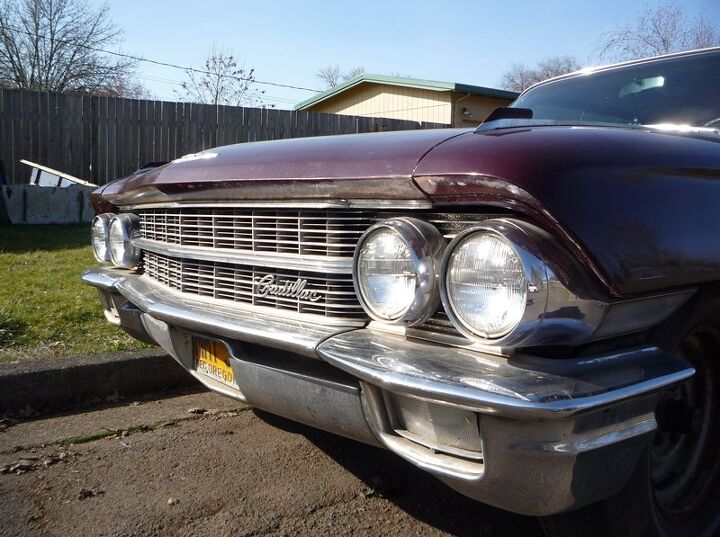






















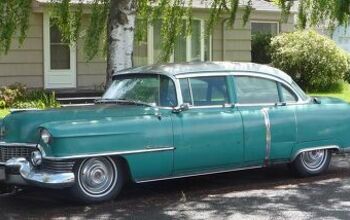
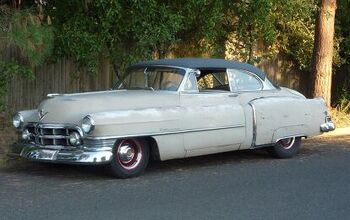









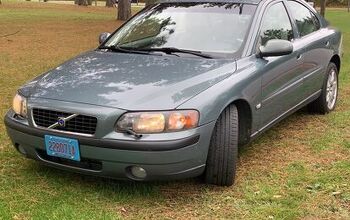


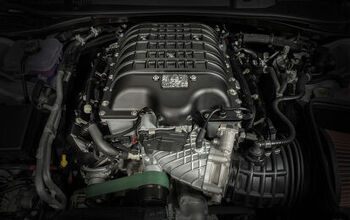

Comments
Join the conversation
I understand that it was the 1962 Caddy that was "Unsafe at any Speed", not the Corvair as is widely assumed, because a child was impaled and died after driving her bike into a parked 62 Caddy
I have thought long and hard about buying a 1972 Coupe Deville.